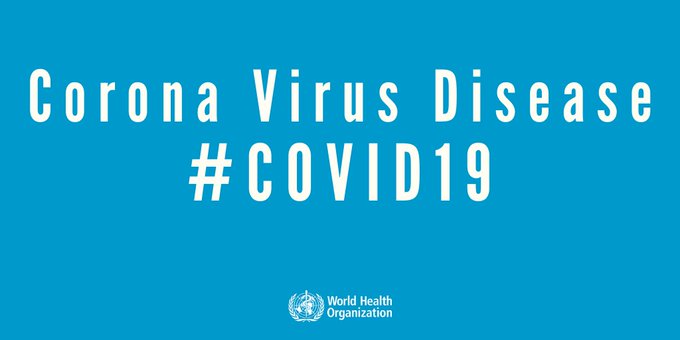Snapshot of Situation: February 29, 2020:
The World HealthOrganization (WHO) has not yet declared this a pandemic. However, the virus is being seen in 62 countries. Unfortunately, the real prevalence data and information may not be accurate due to a lack of testing, and surveillance by governments and public health authorities in many nations.
It does appear as though this new virus is endemic, and will likely continue to spread, exposing, and being transmitted to people over the long term. While this is certainly not a good thing, it also isn't something that should panic people. Its information we should use to consider risks involved with certain behaviour, which is much more important for people who are at higher risk of complications from COVID-19. More severe, critical, and acute cases are associated with older age, certain health conditions, and immune-suppressed people.
Prevalence data sources:
WorldOMeter: COVID-19; Coronavirus https://www.worldometers.info/coronavirus/
Johns Hopkins Global Data: http://coronaviruslivestats.com/
WHO Situation Reports (provide statistics): https://www.who.int/emergencies/diseases/novel-coronavirus-2019/situation-reports/
Exposure to COVID-19
Exposure: This occurs when a person comes into contact with the virus, novel coronavirus, now called SARS-CoV-2.
Ways People Get Exposed: Viruses find a way to enter the body in some way. A lot of this is through our mucous membranes, such as our mouths, noses, and eyes.
Breathing in/Inhaling respiratory droplets of the
virus from someone who has breathed
it out. For instance, someone sneezes, or coughs and we inhale the droplets that
are in the air.
Touching surfaces the virus has infected, and then touching an area where it can
get into our body. For instance, you touch a surface, then rub your eye.
Aerosolization: It’s a bit unclear/not confirmed as to
whether the virus can remain airborne, or for how long. China, and its researchers,
have reported that it can be airborne, and people can be exposed to the virus this
way.
Special note: For safety, its probably best to consider that it can be aerosolized, and we have a risk of picking it up that way, and be cautious in medium to higher-risk environments.
Many health care providers have been developing health protocols for
managing this when engaging in procedures that involve aerosolization.
Some people are at lower, medium, or higher risk for being exposed to COVID-19. These are just some guidelines.
- Travelers who have returned from countries where medium to high person-to-person community spread and transmission is occurring (China, Iran, Italy, South Korea). This is going to change as the pandemic continues and escalates around the world.
- Health care workers: Through their direct, front-line work with people with COVID-19 (tested/untested; diagnosed/undiagnosed).
- People who work with the public: Border agents; people working in airports, flight crew on planes; retail workers; and others.
High-risk Exposure Locations
- Health care settings: family doctor and walk-in clinics; urgent care; and hospitals
- Airports and airplanes
- Public transit and other public transportation: buses, ferries, skytrain
- Locations where a high number of people with COVID-19/carriers may spend time: This could include restaurants, malls, other social, or commercial settings.
- Crowds and Community Events: While the pandemic is continuing to escalate, and community transmission continues, crowds and events are going to increase in risk.
Dr. John Campbell: Droplet v Airborne Transmission
Coronavirus Epidemic Update: 10: New Studies, Transmission…Prevention (2019-nCoV). (4:50)
Center for Disease Control. How COVID-19 Spreads. Retrieved from: https://www.cdc.gov/coronavirus/2019-ncov/about/transmission.html.
Center for
Disease Control. Interim US
Guidance for Risk Assessment and Public Health Management of Persons with
Potential Coronavirus Disease 2019 (COVID-19) Exposure in Travel-associated or
Community Settings. Retrieved from: https://www.cdc.gov/coronavirus/2019-ncov/php/risk-assessment.html.
Government of Canada. Coronavirus Disease (COVID-19): Frequently
Asked Questions (FAQ). Retrieved from: https://www.canada.ca/en/public-health/services/diseases/2019-novel-coronavirus-infection/frequently-asked-questions.html.


